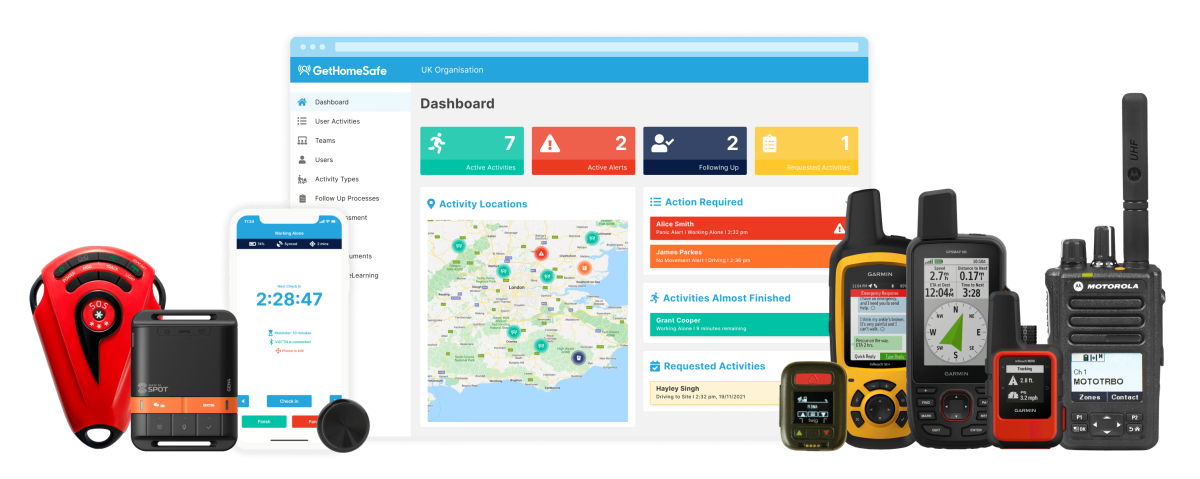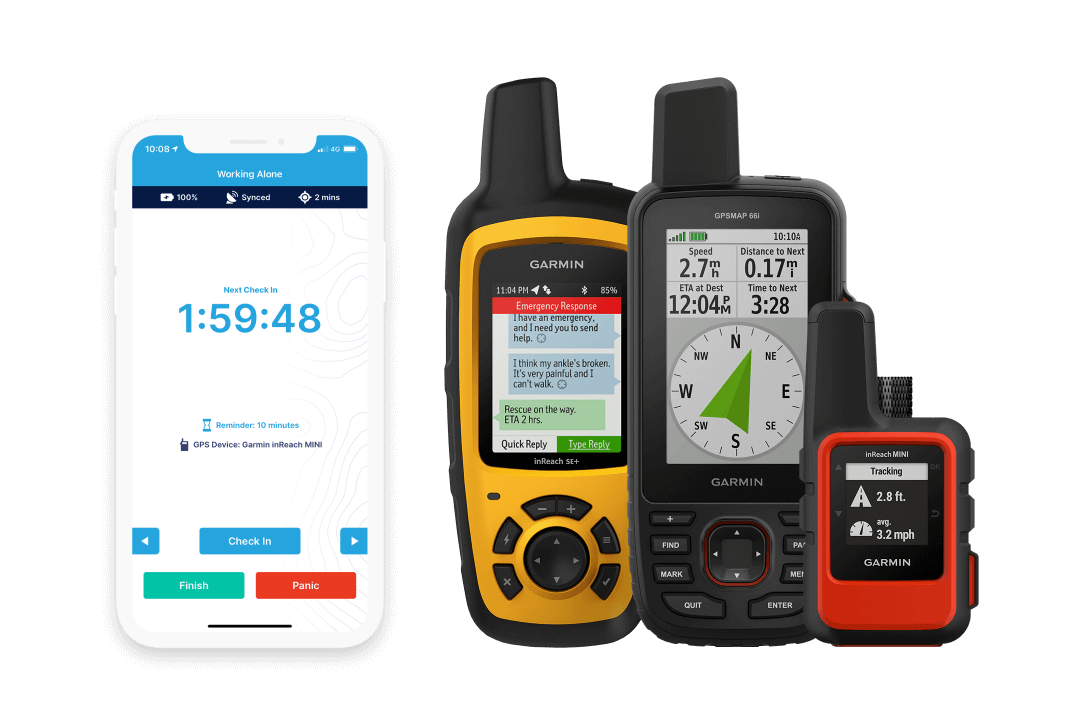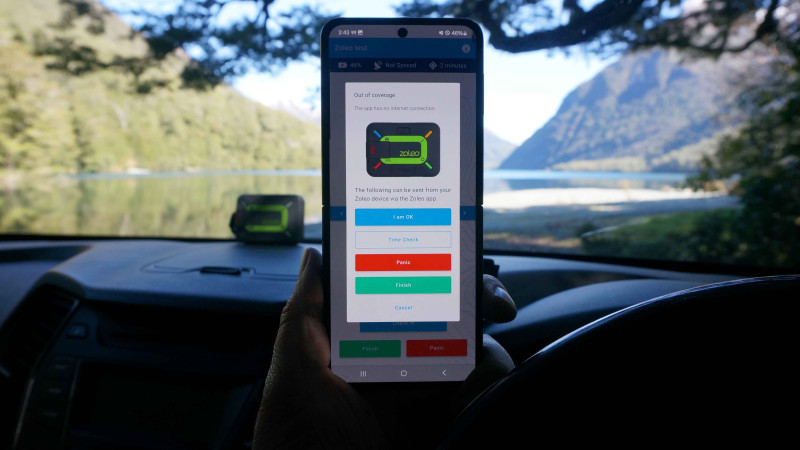
What is a Lone Worker Device in 2023?
1 June 2023

If you've ever come across the term "Lone Worker Device," you might be wondering what it actually means. In this blog post, we're going to delve into the world of lone worker safety solutions and take a closer look at the concept of Lone Worker Devices and how they compare to Lone Worker Apps.
What is a Lone Worker Device?
The landscape of lone-worker safety solutions has evolved significantly over time. In the past, lone worker devices were stand-alone handheld or wearable devices for individuals working alone or in high-risk environments, now smartphones with dedicated apps can serve the same purpose.
lone worker device
Recent Challenges and Adaptation
The rise of smartphones, smartwatches, and apps has posed challenges in differentiating lone worker devices. Many companies now realize the productivity advantages of providing employees with smartphones, making dedicated lone-worker devices less essential. By using a smartphone with a lone worker app, most of the functions provided by lone worker devices can be effectively performed but how can you decide what is right for you?
Key Features of Lone Worker Devices vs Lone Worker App.
While there are similarities between lone worker devices and lone worker apps it is important to highlight specific features that set them apart.
Mandown (No Movement) Detection
Almost all lone worker devices include movement sensors to detect if a person becomes immobile or incapacitated. Now in 2023, a lot of Lone Worker apps on smartphones offer this ability and when triggered, an automatic alert is sent to preconfigured contacts, ensuring timely assistance.
Tilt Sensor
Some wearable lone worker devices incorporate tilt sensors that detect if the wearer is lying flat, indicating unconsciousness and an immediate need for help. Although some lone worker apps don’t always offer this function, some more recent smartphones are equipped with orientation sensors to allow for this tilt activation.
Ruggedness for Work Environments
Unlike medical alarms or panic buttons, lone worker devices are designed to withstand various environmental conditions. They often feature dust/waterproofing, intrinsically safe components, and resilience against impacts. Due to the lack of durability, most phones with a lone worker app do not offer this type of functionality unless you have a specially designed case for it.
Gas Detection
High-end lone worker devices may include built-in gas detection capabilities, alerting workers to the presence of hazardous gases and providing them with vital time to evacuate the area. A lone worker app on a phone does not offer this type of functionality.
Ease of Sharing
Most lone-worker devices do not require authentication, sign-in, or user profiles, making them easily shareable among workers. While this means that data recorded during welfare monitoring may not provide insights, the ease of sharing makes them ideal for short-duration use in areas frequented by multiple individuals, not just employees.

Considering the Relevance in 2023
When evaluating whether your working alone team need lone worker devices or to use an app on their phone, you should consider the following.
Carrying too many devices.
Most lone-worker devices require wearing, turning on, and keeping separate from a phone or radio. If your workers already carry smartphones or radios that meet their communication needs, you may want to think again before introducing a separate device solely for safety purposes.
Integration with a Lone Worker app.
Many organizations now rely on comprehensive lone-worker software solutions that can be installed on smartphones. These apps offer a wide range of safety features, including location tracking, check-ins, and emergency alerts. If your team already uses such software on their smartphones, the need for a separate device may be minimized.
Industry-Specific Considerations
Certain industries or work environments may have specific safety requirements which determine the device or app you use. If your industry involves high-risk tasks, hazardous materials, or remote locations where connectivity is limited, lone-worker devices may still provide a valuable safety solution.
Worker Acceptance and Comfort
Introducing a new device or software solution requires worker acceptance and comfort. Consider factors such as device usability, training requirements, and worker feedback to ensure that adopting lone worker devices aligns with your team's needs and preferences.
Evaluating the Adoption of Lone-Worker Devices in 2023
Ultimately, the decision to adopt lone-worker devices in 2023 should be based on a thorough assessment of your team's specific needs, existing communication tools, and industry requirements. While the prevalence of smartphones and lone worker apps has diminished the need for dedicated devices, there are still situations where these devices offer unique advantages and enhanced safety measures.
If you're still unsure, don't hesitate to get in touch with the experts.

